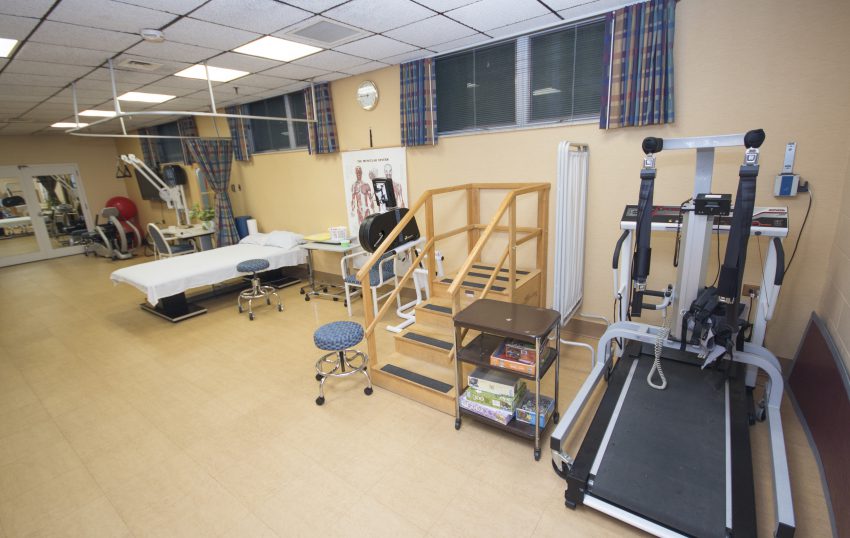
Persistent discomfort affects millions of people globally and can substantially diminish the standard of life. It can arise from various conditions, such as joint inflammation, fibromyalgia, or previous traumas. While drugs and therapies are commonly employed to manage pain, a expanding body of studies indicates that exercise can serve a vital role in relieving chronic pain. Participating in regular physical exercise can not only help lower pain levels but also enhance overall well-being and capability. Understanding how exercise affects the physical state can empower patients to assume control of their pain management.
Exercise has several physical benefits that can help reduce chronic pain. When individuals engage in physical activities, their bodies release endorphins, which are natural pain-relievers. Additionally, exercise can boost blood flow and fortify muscles, providing better support for joints. For those with conditions like arthritis, low-impact workouts such as aquatic exercises or biking can assist maintain joint mobility without putting excessive stress on the system. Consistent exercise also helps in preserving a fit weight, which can lessen the pressure on weight-bearing joints and further physical therapy and rehabilitation alleviate pain.
In addition to its bodily benefits, exercise has a favorable effect on emotional health. Chronic pain can often result to feelings of anxiety and depression, which can worsen the perception of pain. Engaging in regular physical activity can help combat these emotions by enhancing self-esteem and elevating mood. Collective exercises, such as yoga or core strengthening, also provide social interaction, which can enhance emotional support. This combination of bodily and emotional health benefits makes exercise an crucial component of a holistic pain management strategy.
It is crucial to tackle exercise with care, particularly for those managing with chronic pain. Beginning slowly is crucial to avoid exacerbating symptoms. Individuals should consider consulting healthcare professionals to develop a tailored exercise plan that considers into consideration their particular issues and limitations. Activities such as stretching, walking, or light yoga can be great initial points. Gradually increasing the effort and length of sessions can assist build strength and endurance without inducing undue strain on the system.
In conclusion, harnessing the benefits of exercise can substantially reduce chronic pain and enhance quality of life. Regular physical exercise not only assists to reduce pain through the release of endorphins and improved muscle strength but also promotes mental health. By including exercise into daily routines, individuals can empower themselves in managing their pain. A thoughtful and knowledgeable method to exercise, guided by healthcare professionals, can lead to lasting benefits in health and overall standard of life.